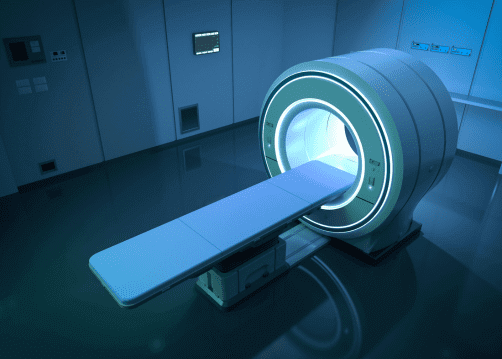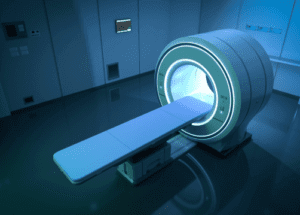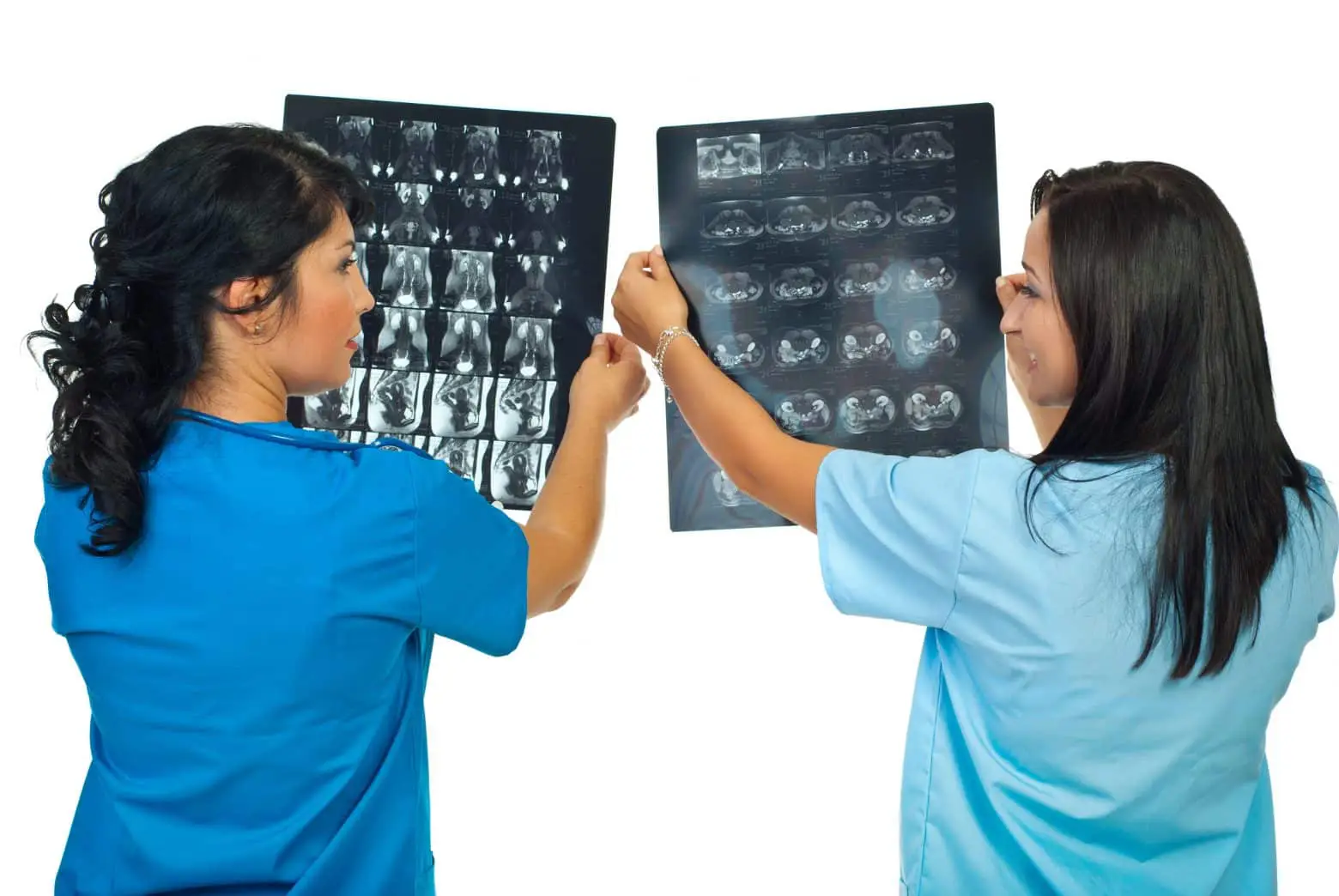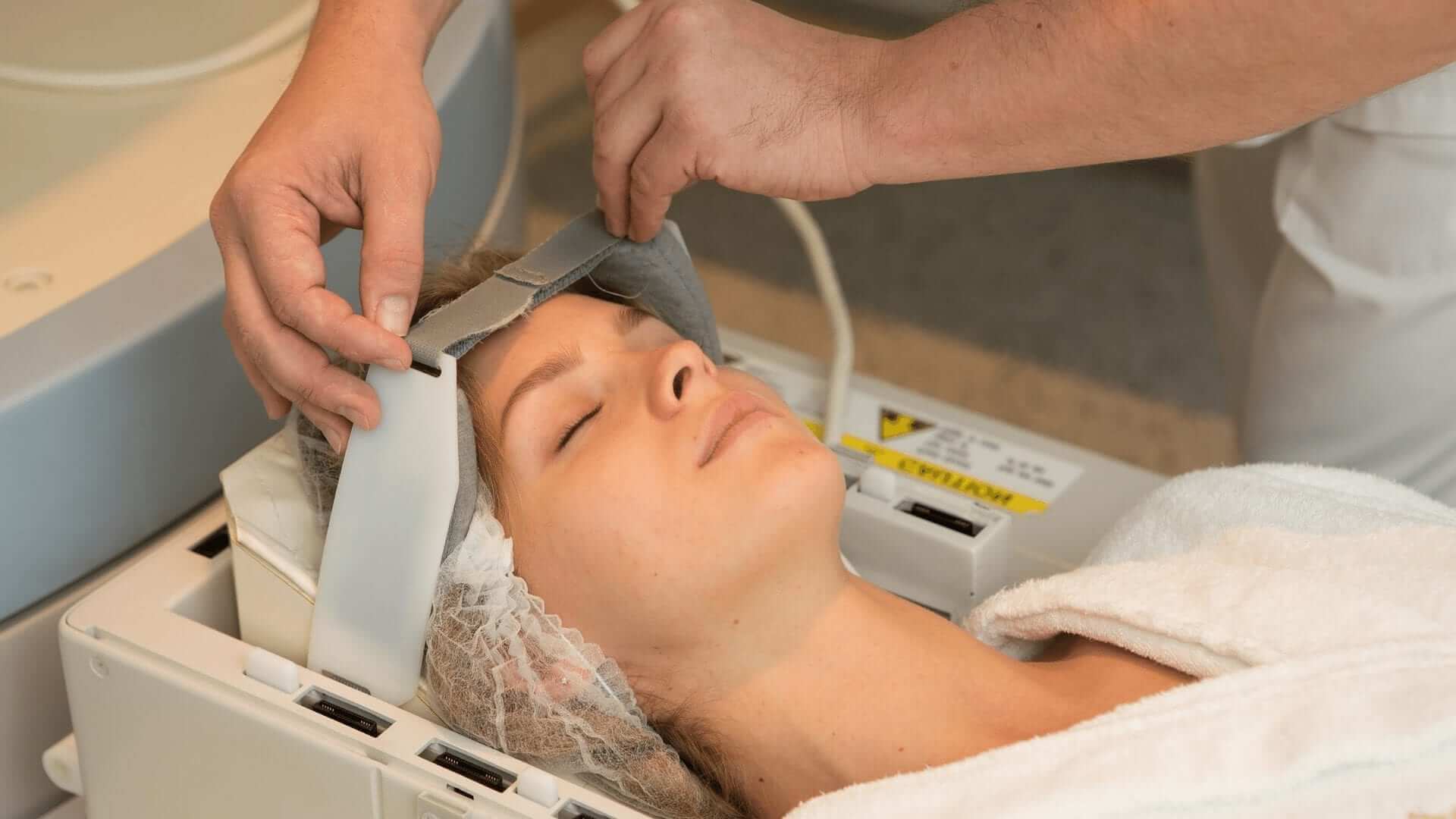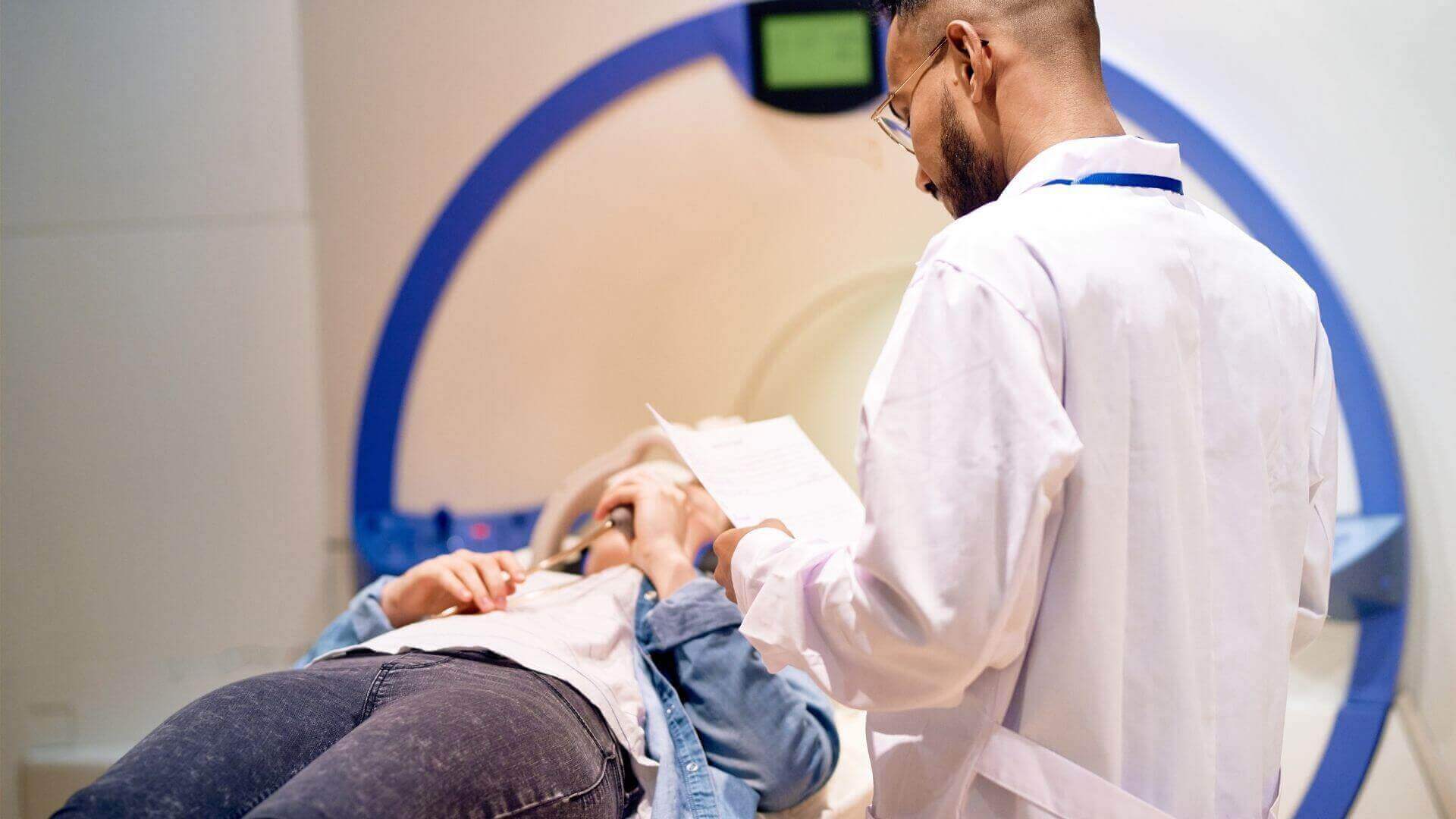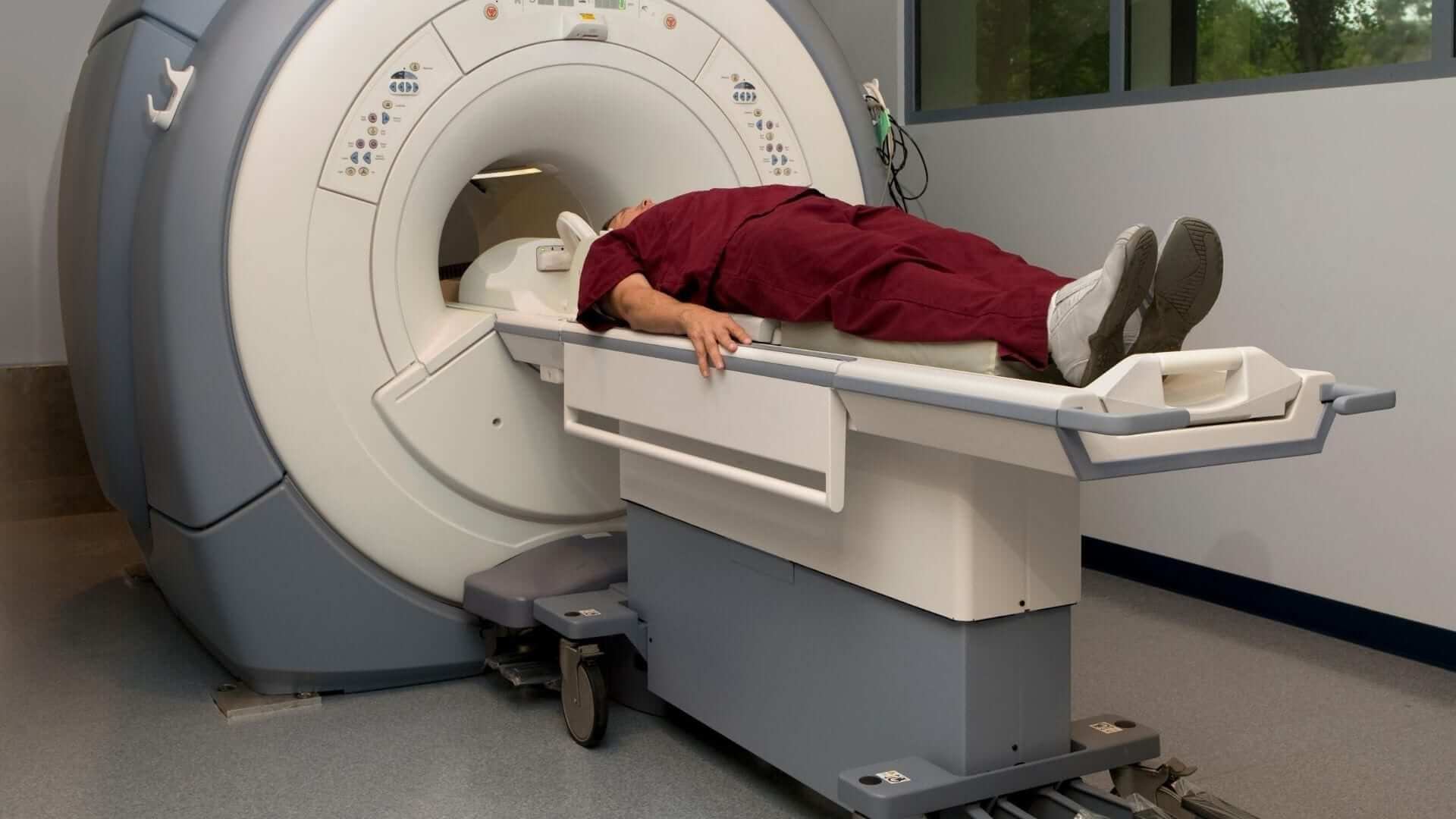Specific Objectives of Good MRI Certificate Programs
Date: September 29, 2023
One technological advance in healthcare is magnetic resonance imaging (MRI). MRIs allow doctors to see inside the human body when assessing ways of repairing it or proposing treatment options.
Providing Education
Magnetic resonance imaging programs provide education for those seeking to become radiology professionals. Such programs aim at preparing students to take and pass a national examination. Further, MRI programs provide education in other areas. Specifically, there is coursework in computer applications, imaging physics, math, cross-sectional, and anatomy. Other subjects covered include general education, stress management, communication, and clinical experiences correlating with theoretical education.
Specific Objectives
Specific objectives for Gurnick Academy of Medical Arts’ Magnetic Resonance Imaging program include the following:
- Train students who demonstrate the knowledge and skills required for employment as entry-level MRI Technologists.
- Develop interpersonal communication skills with patients, medical staff, and administrative personnel.
- Help students acquire the necessary skills to practice proper patient care.
- Provide students with the knowledge, clinical skills, problem-solving abilities, and interpersonal skills to practice in the field of magnetic resonance imaging.
- Produce graduates who will be competent in entry-level positions as MRI Technologists and display appropriate behaviors set forth by the American Society of Radiologic Technologists (ASRT) and the International Society for MR Radiographers and Technologists (ISMRT).
Steps for Applicants
Applicants to the Gurnick Academy of Medical Arts program should follow the steps below:
- Submit original transcripts from past academic institutions.
- Complete a Distance Education Questionnaire.
- Submit two (2) letters of reference from the following: a current supervisor, employer, and science or math teacher of a post-secondary institution.
- Submit a one-page essay that includes:
- Statement of why you want to join the modality.
- The essential functions and role of a technologist in this field.
- Preparation to become successful in this program.
- Sources used to prepare for the essay.
5. Pass an admission interview.
To Be of Service
Moreover, our MRI program seeks to train future healthcare professionals to be of service. Think you may want a future in magnetic resonance imaging? We are here to support your dreams. Speak with an Admissions Advisor today. ~


